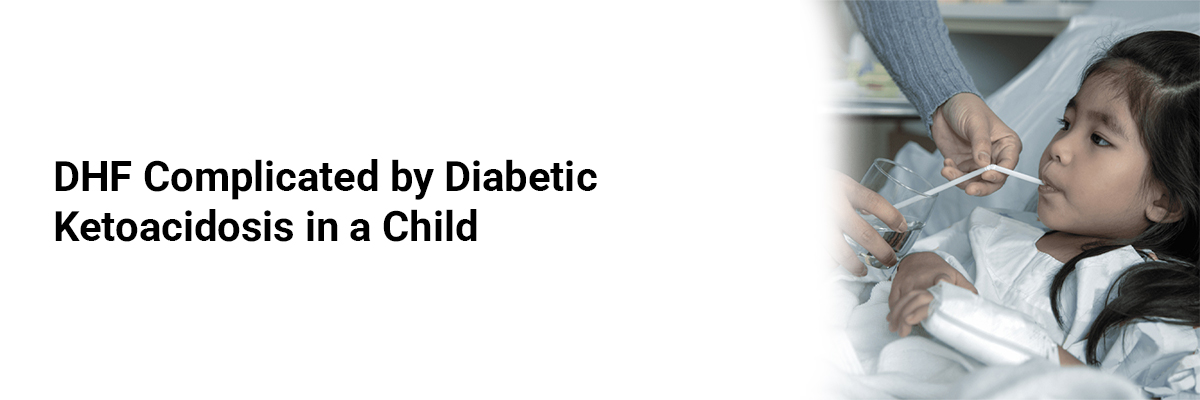
 IJCP Editorial Team
IJCP Editorial Team
DHF Complicated by Diabetic Ketoacidosis in a Child
Introduction
Dengue is a mosquito-borne viral infection endemic in tropical and subtropical regions. While most infections are self-limiting, dengue hemorrhagic fever (DHF) represents a severe form characterized by increased vascular permeability, thrombocytopenia, and risk of hemorrhagic complications.
Diabetic ketoacidosis (DKA) is an acute complication of type 1 diabetes mellitus (T1DM) and is commonly encountered as the initial presentation in undiagnosed cases. It involves hyperglycemia, ketosis, and metabolic acidosis.
The concurrent occurrence of DHF and DKA is exceptionally rare but clinically significant due to overlapping symptoms such as vomiting, abdominal pain, altered sensorium, and shock-like states. The management of such cases is particularly challenging because fluid resuscitation strategies for DKA and DHF differ significantly.
Case Presentation
Patient Information:
A 10-year-old previously healthy girl was brought to the emergency department with complaints of fever for 5 days, vomiting, and abdominal pain for 3 days, and drowsiness for 1 day.
Clinical Findings:
On examination, the child was drowsy, dehydrated, tachypneic (RR 32/min), febrile (101.6°F), and hypotensive (BP 88/60 mmHg). Capillary refill time was >3 seconds, and she had cold extremities. She had no signs of bleeding, but petechiae were noted on the limbs.
Investigations:
- Random blood glucose: 478 mg/dL
- Arterial blood gas: pH 7.11, HCO₃⁻ 11 mmol/L, anion gap: 22
- Serum ketones: Positive
- HbA1c: 9.2%
- Dengue NS1 antigen: Positive
- Platelet count: 58,000/mm³
- Hematocrit: 48% (increased from baseline of 36%)
- Serum sodium: 129 mmol/L, potassium: 4.2 mmol/L
- Chest X-ray and abdominal ultrasound: Mild pleural effusion and ascites
Diagnosis:
- Dengue hemorrhagic fever (WHO grade II)
- Diabetic ketoacidosis (moderate severity)
- New-onset type 1 diabetes mellitus
Therapeutic Intervention:
- DKA management initiated with cautious intravenous fluid replacement using isotonic saline, adjusted for both dehydration and dengue-induced plasma leakage.
- Regular insulin infusion (0.05 units/kg/hr) started after initial fluid resuscitation.
- Frequent monitoring of electrolytes, glucose, urine output, and hematocrit was performed.
- Thrombocytopenia was monitored; no platelet transfusion was required.
- Fever managed with paracetamol; antibiotics withheld as no bacterial infection was evident.
Clinical Course:
Over the next 72 hours, the patient's metabolic parameters improved, acidosis resolved, and oral feeding was resumed. Platelet count and hematocrit normalized by day 6. She was transitioned to subcutaneous insulin and discharged in stable condition on day 8 with pediatric endocrinology follow-up.
Discussion
This case highlights a rare but clinically important scenario involving the co-occurrence of DKA and DHF. Both conditions can independently cause intravascular volume depletion and shock, but their fluid management principles diverge:
- In DKA, aggressive fluid replacement is essential to correct dehydration and restore perfusion.
- In DHF, overzealous fluid administration can worsen plasma leakage, leading to respiratory distress or ascites.
The diagnostic dilemma arises due to overlapping symptoms such as fever, vomiting, tachypnea, and abdominal pain. Laboratory findings such as hemoconcentration, thrombocytopenia, and ketonuria helped establish the dual diagnosis in this case.
In dengue-endemic areas, children presenting with DKA and fever should be evaluated for concurrent viral infections. Clinicians should tailor fluid therapy with careful titration, guided by serial clinical and laboratory parameters. Additionally, recognition of new-onset diabetes in the setting of acute febrile illness is vital.
Conclusion
Coexistence of DHF and DKA presents a critical management challenge in children. Clinicians should maintain a high index of suspicion in febrile children with metabolic acidosis, especially in dengue-endemic regions. Judicious fluid management, close monitoring, and multidisciplinary care are key to successful outcomes.

IJCP Editorial Team
Comprising seasoned professionals and experts from the medical field, the IJCP editorial team is dedicated to delivering timely and accurate content and thriving to provide attention-grabbing information for the readers. What sets them apart are their diverse expertise, spanning academia, research, and clinical practice, and their dedication to upholding the highest standards of quality and integrity. With a wealth of experience and a commitment to excellence, the IJCP editorial team strives to provide valuable perspectives, the latest trends, and in-depth analyses across various medical domains, all in a way that keeps you interested and engaged.


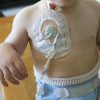
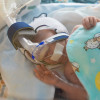
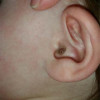





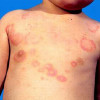
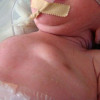


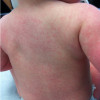



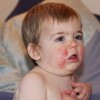

Please login to comment on this article